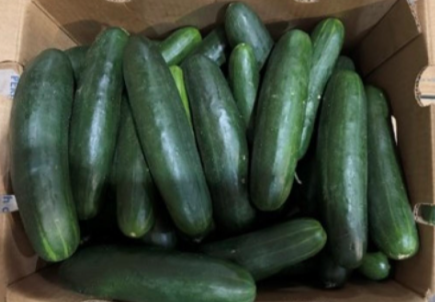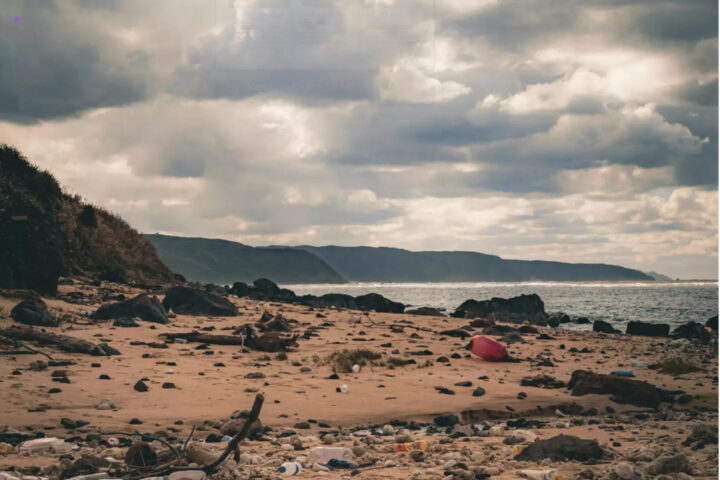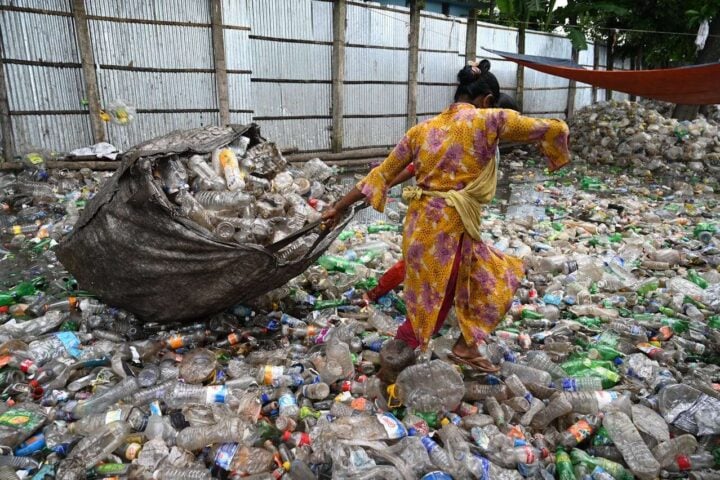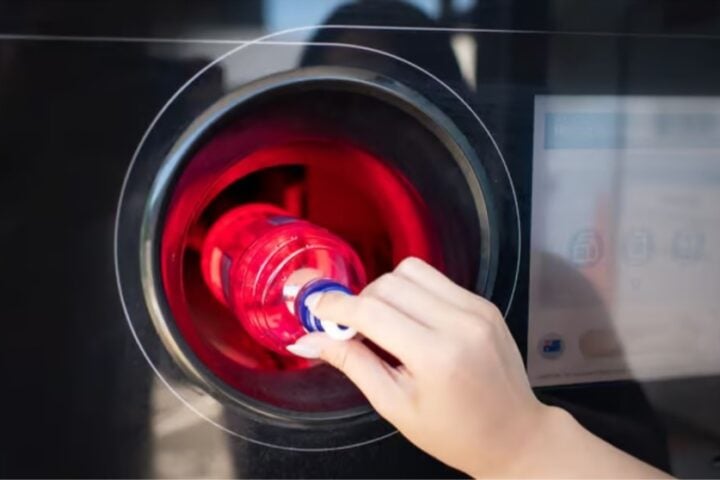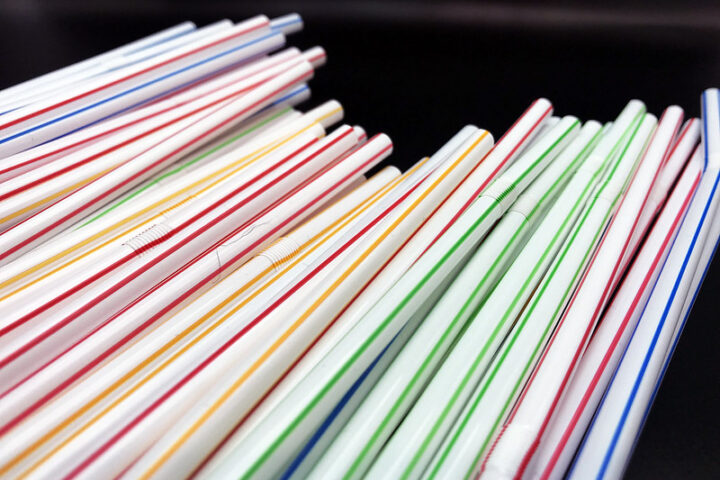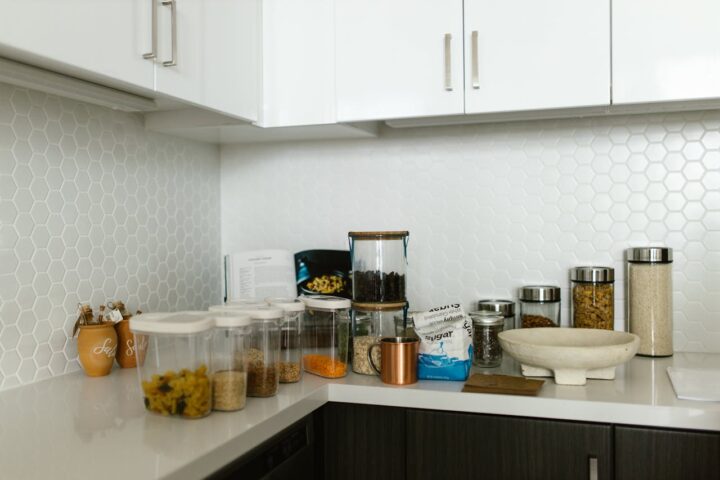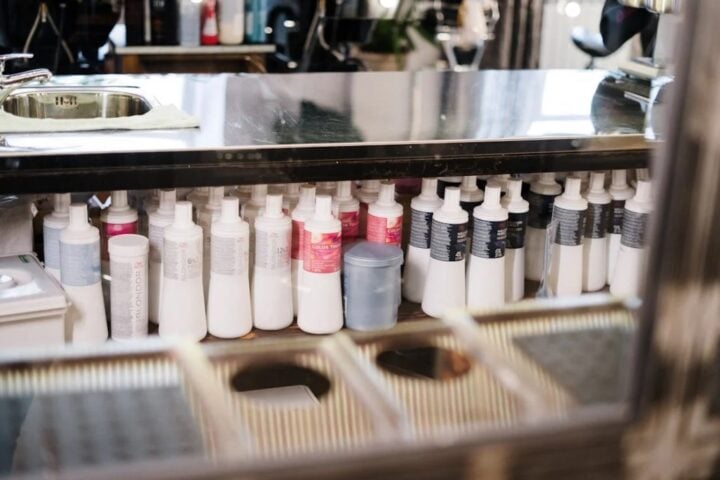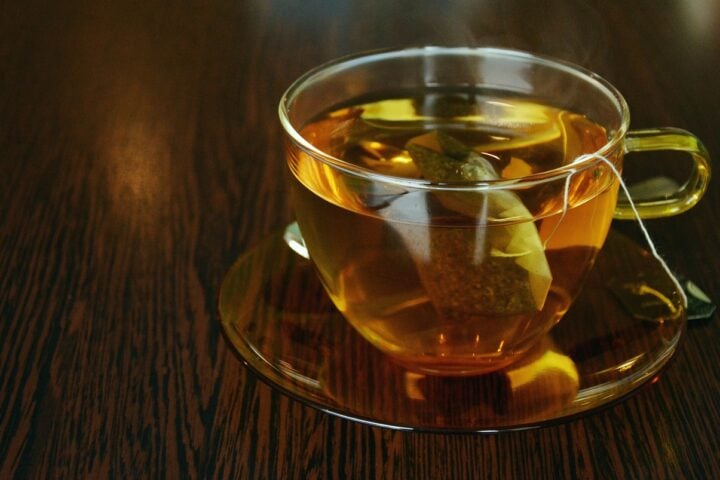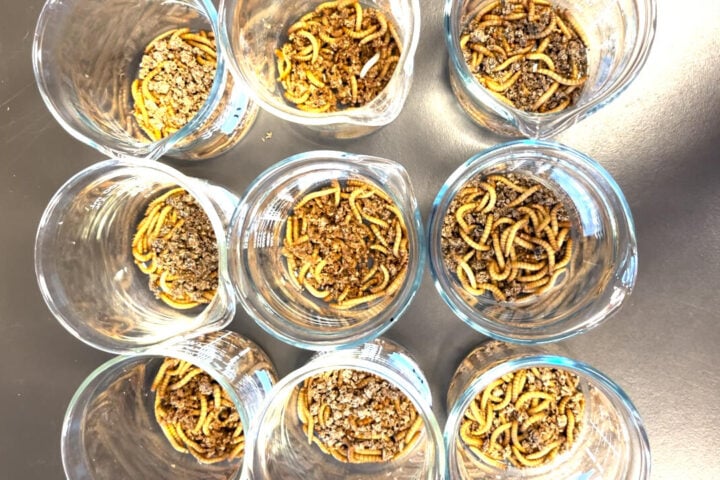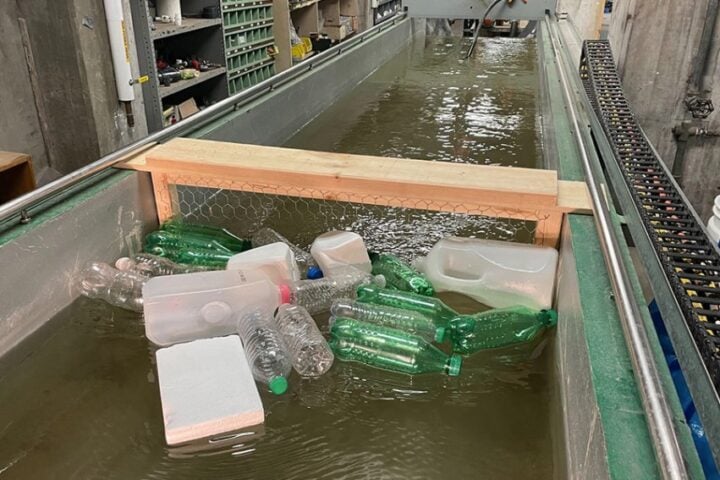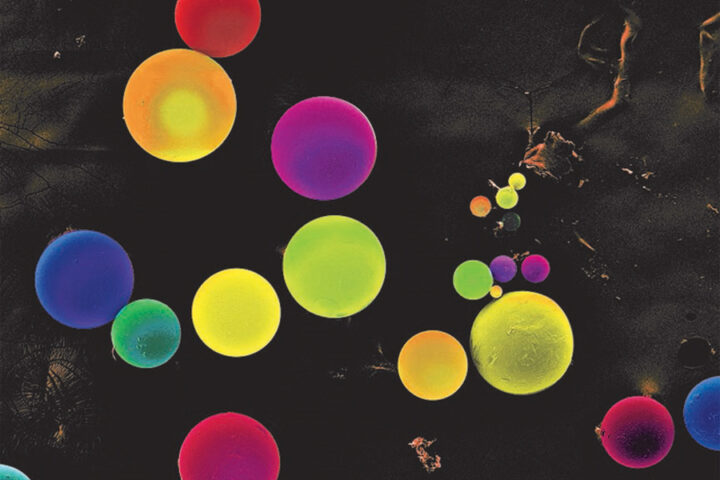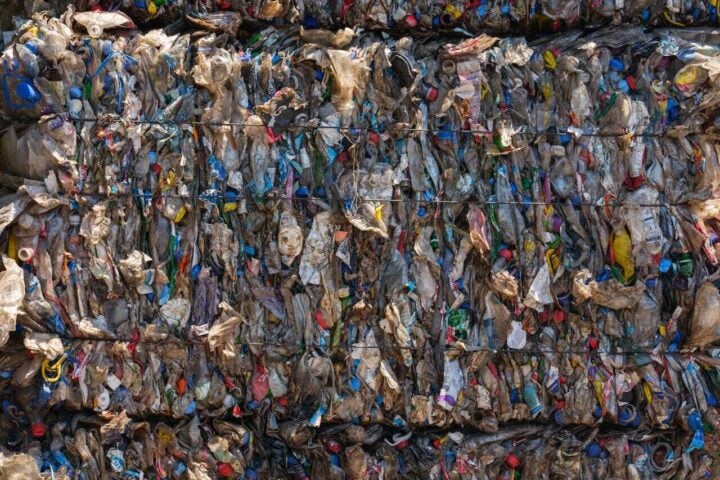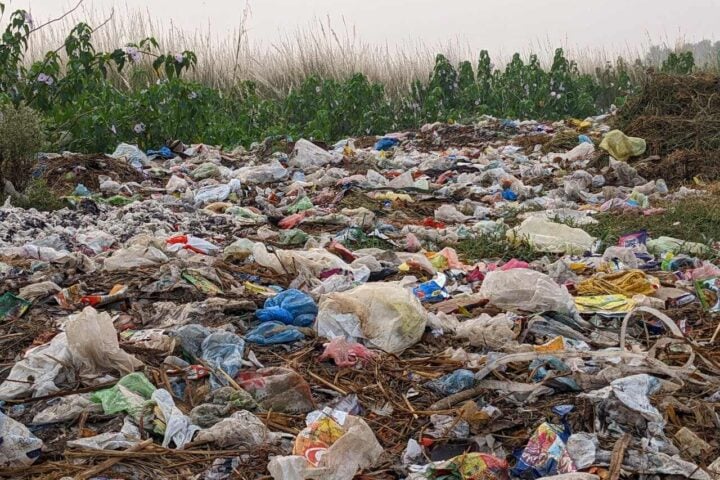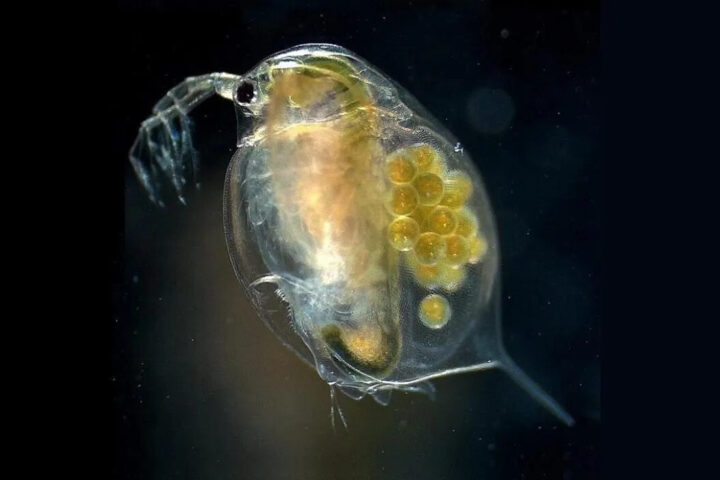As the world is gradually gripped by the effects of climate change and man made blunders, researchers have warned that brightly coloured plastics—red, blue, and green—are more dangerous than plain colours. This field study, led by the University of Leicester and published on May 9, has proven that coloured plastics could potentially be more harmful to the environment because of their swift degradation.
Retailers must take this into account when producing colourful plastics around the world. Researchers suggest that the environmental impact can significantly increase if the use of coloured plastics isn’t controlled. These bright-coloured plastics may degrade and break down into microplastics sooner than other plastics.
Researchers from the University of Leicester in the UK and the University of Cape Town in South Africa used two complementary studies. They showed that plastics of the same composition degrade at different rates depending on the colour added to them. Findings across both universities showed that black, white, and silver plastics are largely unaffected, but blue, red, and green samples have become very brittle and fragmented over the same period.
The colours in plastics like black, white, and silver are less damaged by ultraviolet (UV) radiation. However, plastics of other pigments can easily be affected and change the plastic’s polymer structure, making it brittle and susceptible to fragmentation.
“It’s amazing that samples left to weather on a rooftop in Leicester in the UK and those collected on a windswept beach at the southern tip of the African continent show similar results,” stated Dr. Sarah Gabbott, leading researcher and senior research analyst with the climate action NGO WRAP (Waste & Resources Action Program). “The experiments showed is that even in a relatively cool and cloudy environment for only three years, huge differences can be seen in the formation of microplastics. Colourful plastics, such as red and green, degrade and form microplastics pretty quickly. When you look at more plain colours, such as black and white, they’re actually quite stable and remain intact,” she added.
The study revealed that the characteristics of microplastics differ from those of their bulk counterparts, and little is known about how they affect the environment. They could leak harmful plastic additives into the environment, which might then find their way into human bodies through the food chain and water sources. They might also carry harmful compounds on their surfaces. The study suggests that producers should take into account the hue of short-lived plastics more when designing materials, which has important consequences for material design.
Similar Posts
As per Dr. Key, manufacturers should consider the recyclability of the material and the likelihood of it being littered while designing plastic products and packaging. Highly exposed items to sunlight, such as outdoor furniture, should opt for greys and not colours like red, green, and blue, in order to last as long as possible. The plastic is designed to break down due to pro-oxidant additives, and colour could have a considerable role in it.
“I’ve often wondered why microplastics in beach sand often appear to be all the colours of the rainbow. Until our study I assumed that my eyes were being deceived and that I was just seeing the more colourful microplastics because they were easier to spot,” said Co-author Professor Sarah Gabbott at the University of Leicester’s School of Geography, Geology, and the Environment. “Turns out there really are likely to be more brightly-coloured microplastics in the environment because those plastic items pigmented red, green and blue are more susceptible to being fragmented into millions of tiny, yet colourful microplastic particles, ” she added.


